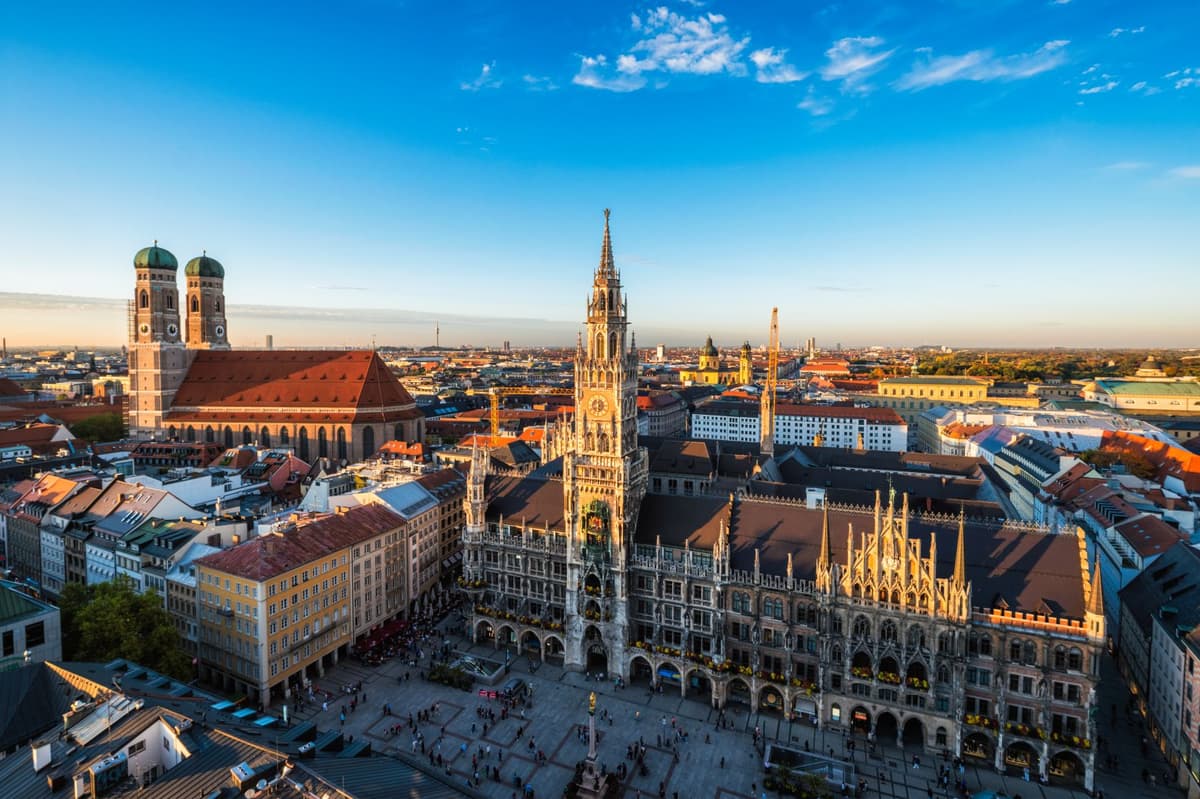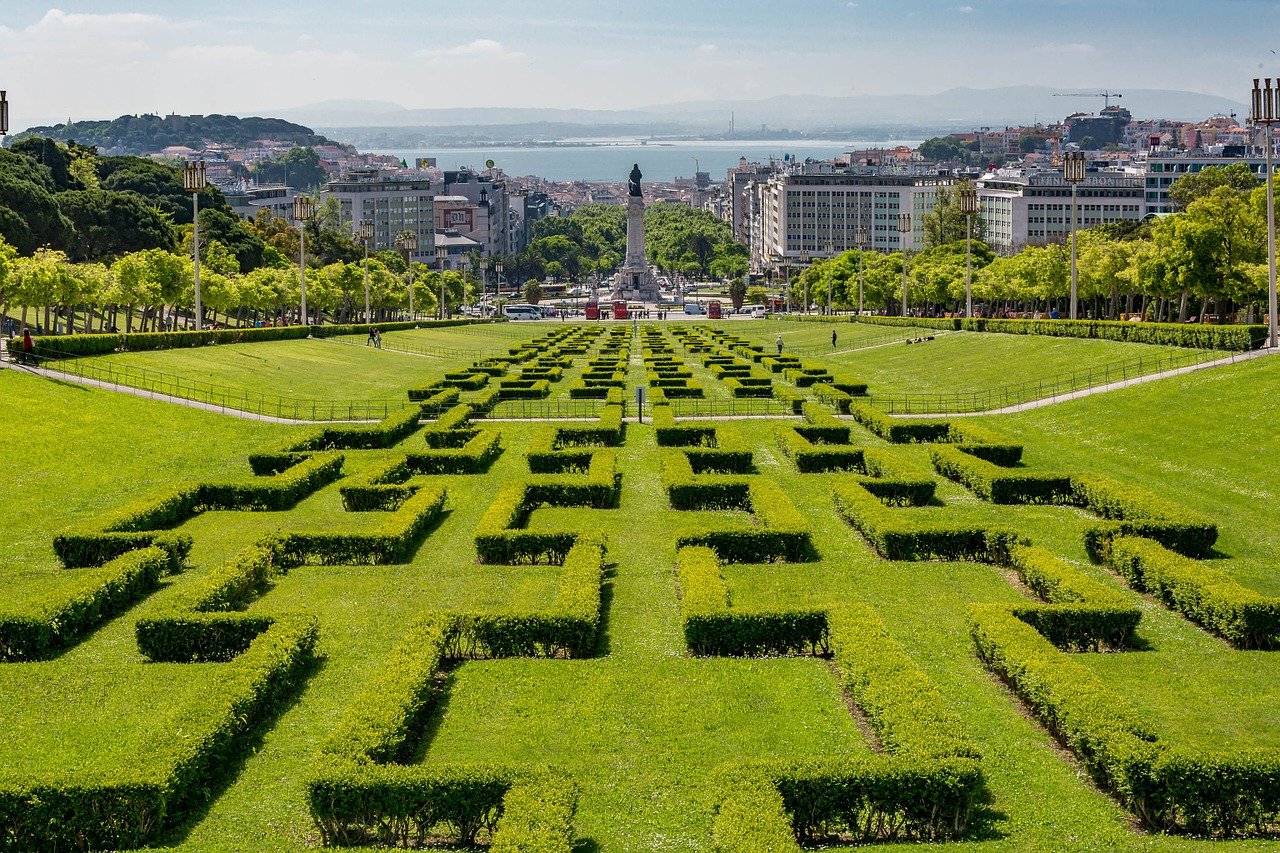Lisbon Explores Green Building Solutions to Mitigate Urban Heat Island Effect
Urban centers across the globe, including Lisbon, are increasingly confronting the environmental challenge known as the 'urban heat island' effect, where cities experience significantly higher temperatures than adjacent rural areas. This phenomenon is largely attributed to the prevalence of dark construction materials, such as asphalt and conventional roofing, which absorb and retain solar heat. In response, urban planners and architects are turning to sustainable construction and green building practices to cool urban environments, a trend with significant implications for the real estate sector.
The environmental standards for new developments are progressively incorporating measures to combat this issue. One of the primary culprits, dark-colored asphalt, is being addressed in pioneering cities like Los Angeles through pilot programs that involve painting roads white. This reflective surface helps to decrease heat absorption. While the initial cost is substantial, estimated at around $40,000 per mile, the long-term benefit of a potential 1°C reduction in the city's overall temperature highlights the viability of such an investment in infrastructure.
Energy efficiency and the use of renewable energy are central to the green building movement. A key strategy is the adoption of 'green roofs,' where rooftops are covered with vegetation. A pilot project in Chicago demonstrated that these vegetated surfaces could be 7°C to 8°C cooler than traditional roofs. This not only reduces the need for air conditioning within the building but also helps to lower the ambient temperature of the surrounding area. In 2015, France enacted legislation mandating that new buildings be constructed with either green roofs or solar panels, setting a precedent for sustainable urban development policy.
The use of sustainable materials and innovative construction practices is exemplified by projects like the 'Bosco Verticale' in Milan. This residential building, which features hundreds of trees planted on its balconies, represents a bold integration of nature into high-density urban living. Such projects not only provide aesthetic and environmental benefits but also improve indoor air quality and contribute to the well-being of residents, making them highly desirable properties.
Water conservation and waste management systems are also integral components of sustainable construction. Modern green buildings often include systems for rainwater harvesting and greywater recycling, reducing the strain on municipal water supplies. These features, combined with energy-efficient appliances and fixtures, contribute to significant long-term savings on utility costs for property owners and tenants.
Need Expert Guidance?
Get personalized insights from verified real estate professionals, lawyers, architects, and more.
Government incentives and support programs are often available to encourage the adoption of these green technologies. These can range from tax credits to grants and expedited planning permissions for projects that meet specific environmental certification requirements, such as LEED or BREEAM. These incentives are designed to offset the often higher initial costs associated with sustainable construction and to promote industry leadership in sustainability innovation.
An environmental impact assessment is a standard part of the planning process for major construction projects. These assessments are increasingly focused on the long-term sustainability of a development, including its contribution to the urban heat island effect. As a result, developers are under greater pressure to incorporate mitigation measures into their designs from the outset.
The future of green building standards is likely to involve even more stringent requirements as cities like Lisbon continue to experience the effects of climate change. The real estate market is already reflecting a growing demand for eco-friendly properties, which are seen as both a responsible investment and a healthier living choice.
For the Lisbon property market, the push towards sustainability represents both a challenge and an opportunity. Developers who embrace green building practices are likely to find their properties in high demand, while older buildings may require retrofitting to meet new environmental standards. This shift is set to redefine property values and development priorities in the Portuguese capital for years to come.
Discover eco-friendly properties and green developments at realestate-lisbon.com.





